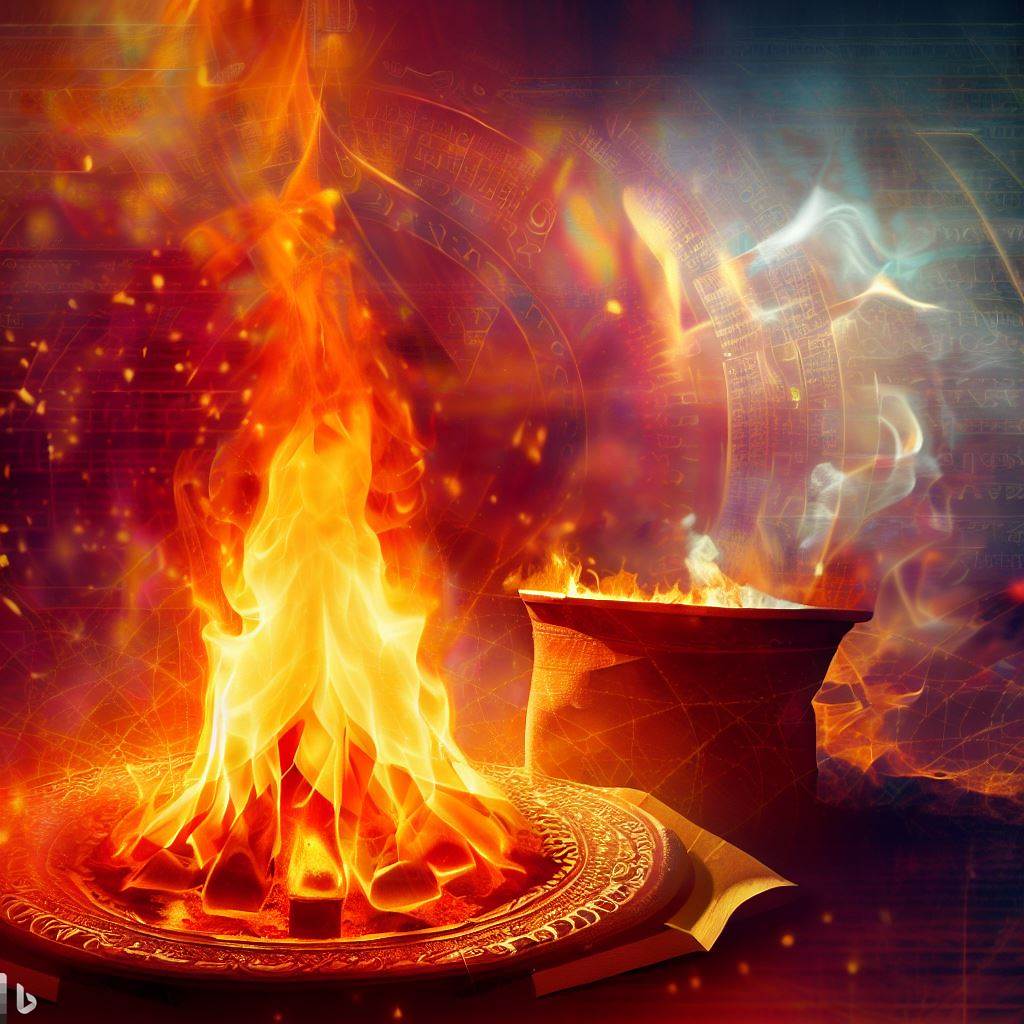Havan or Yajna, the fire ritual, has been a significant part of Hinduism for thousands of years. While its primary purpose is rooted in spiritual and religious beliefs, some proponents also suggest potential scientific reasons and validations behind the practice. It’s important to note that these scientific explanations may not be universally accepted and are subject to interpretation. Here are some of the proposed scientific reasons for performing Havan or Yajna:
Purification of Air: The burning of specific medicinal herbs and ghee (clarified butter) in the fire during Havan is believed to release certain beneficial compounds into the air. These compounds are said to have antimicrobial properties that can help in purifying the surrounding atmosphere and reducing the spread of harmful bacteria and viruses.


Generating Beneficial Substances: The combustion of natural substances during Yajna may lead to the production of certain substances that have positive effects on the environment. For instance, the burning of herbal ingredients can release phytoncides and other bioactive compounds that might contribute to air purification.
Stress Reduction: Havan is accompanied by chanting of mantras and Vedic hymns, which create a meditative and calming atmosphere. This practice is believed to reduce stress and induce relaxation, promoting overall well-being and mental health.
Psychological Benefits: The ritual of Havan fosters a sense of community and togetherness among the participants. The act of coming together for a common purpose can create a positive psychological impact, promoting a sense of unity and belonging.
It’s essential to recognize that while these proposed scientific reasons can offer some rationale for the practice of Havan or Yajna, the primary significance remains deeply rooted in spiritual beliefs and cultural traditions. The spiritual aspects include invoking divine blessings, expressing gratitude, and seeking the welfare of the entire universe.
Overall, the scientific validation of Havan or Yajna remains a subject of ongoing research and exploration. It is essential to respect and understand the cultural, religious, and spiritual significance of this ancient ritual while appreciating its potential scientific aspects.
